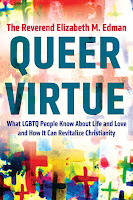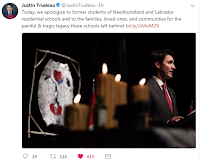From my paper, "Sowing Seeds for the Flourishing of LGBTQ2S+ Employees"
Introduction
In the corporate world, diversity and inclusion are often promoted as a way of increasing profit, competitiveness and innovation, attracting and keeping diverse employees, and gaining a better understanding of one’s customer base. People are invited to become part of the corporate culture because the company benefits from the diversity they bring … but the corporate culture is not changing for diverse peoples nor is it being changed by their inclusion. While employees do benefit, the primary focus is on the benefit to the company.
In governments, non-profit organizations and socially-conscious companies, we have the opportunity to make diversity and inclusion decisions with a primary focus on the benefits to employees, understanding that of course there will also be a benefit to the organization as a whole and to the clients.
It may seem like a small difference, but I believe that diversity and inclusion must first and foremost be for the people if it is to be authentic and avoid the risk of being assimilatory.
So how about an organization taking initiative to be a place where all employees flourish?
And specifically,
How might we develop our organization into an environment
in which LGBTQ2S+ employees, in all their diversity, can flourish?
Read the whole paper here.















